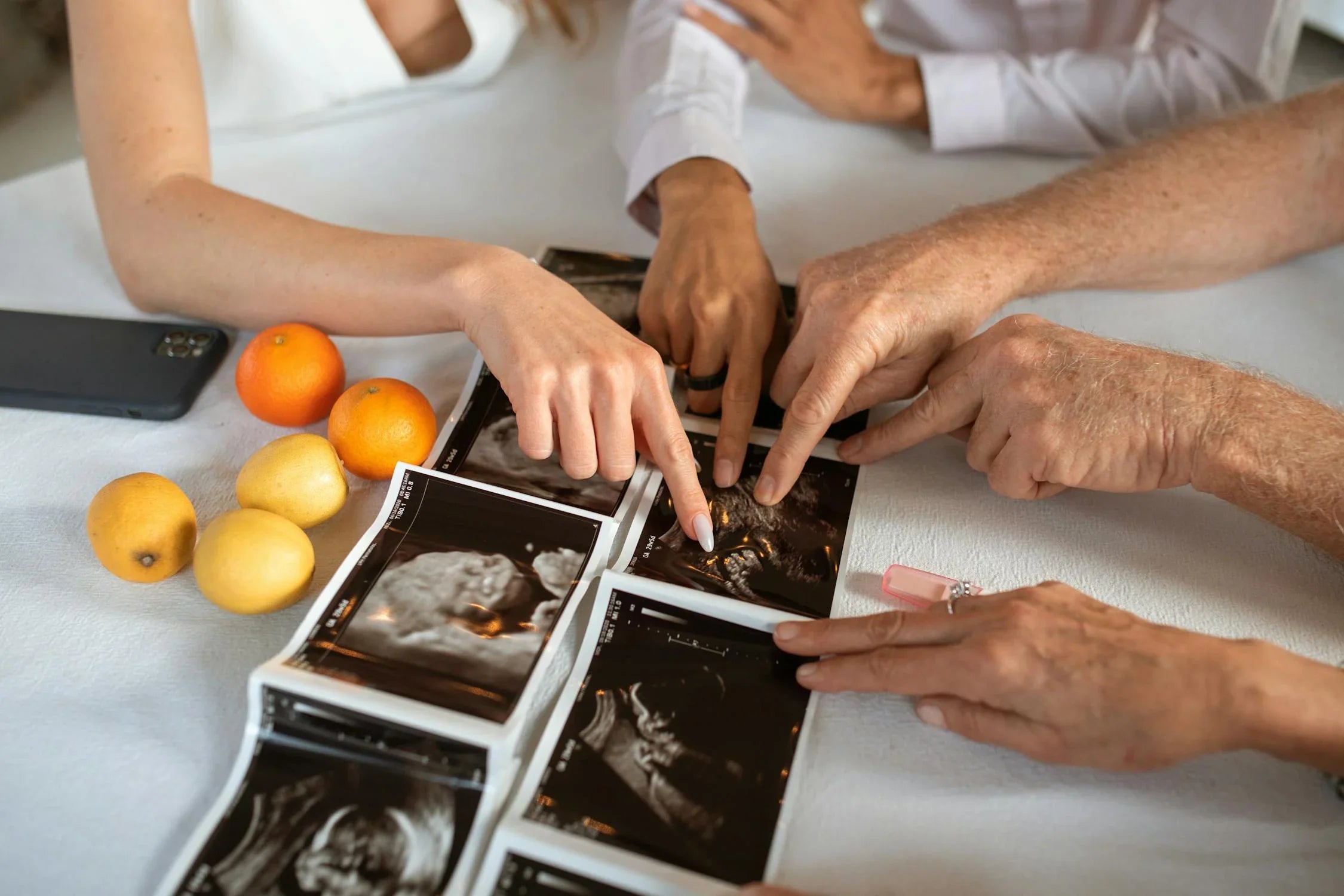Home
Pregnancy, Breastfeeding, and Pumping: The Ultimate Guide for Moms
How Accurate Are Home Pregnancy Tests: Everything You Need to Know

How Accurate Are Home Pregnancy Tests: Everything You Need to Know
When it comes to finding out if you're pregnant, home pregnancy tests are often the first step. But how accurate are they really? Whether you're eagerly hoping for a positive result or nervously awaiting a negative one, understanding the reliability of these tests is crucial. Let's dive into the science behind home pregnancy tests, their accuracy, and what you need to know to get the most reliable results.
How Do Home Pregnancy Tests Work?
Home pregnancy tests detect the presence of human chorionic gonadotropin (hCG), a hormone produced by the placenta shortly after a fertilized egg implants in the uterine lining. Most tests use a urine sample to measure hCG levels. The hormone typically doubles every 48 to 72 hours in early pregnancy, making it a reliable marker for pregnancy detection.
What Is the Accuracy of Home Pregnancy Tests?
Most home pregnancy tests claim to be over 99% accurate when used correctly. However, their accuracy depends on several factors, including the timing of the test, the sensitivity of the test, and how closely the instructions are followed. Testing too early or using a low-sensitivity test can result in false negatives or, in rare cases, false positives.
Factors That Affect the Accuracy of Home Pregnancy Tests
Several factors can influence the accuracy of home pregnancy tests:
Timing: Testing too early can result in a false negative because hCG levels may not yet be detectable.
Test Sensitivity: Some tests are more sensitive and can detect lower levels of hCG, making them more effective in early pregnancy.
User Error: Not following the instructions correctly—such as using too much or too little urine—can affect the results.
Medications: Certain medications, especially fertility drugs containing hCG, can lead to false positives.
Medical Conditions: Conditions like ectopic pregnancy or some cancers can also affect hCG levels and test results.
When Is the Best Time to Take a Home Pregnancy Test?
The best time to take a home pregnancy test is after you've missed your period. Testing too early can result in a false negative, even if you are pregnant. If you suspect you might be pregnant but get a negative result, wait a few days and test again. Early morning urine is recommended because it’s more concentrated and typically contains higher levels of hCG.
How to Use a Home Pregnancy Test Correctly
To ensure the most accurate results, follow these steps:
-
Read the instructions carefully before using the test.
-
Use the test at the recommended time, typically after a missed period.
-
Collect your urine in a clean, dry container if required.
-
Follow the application method exactly—either dipping the strip or using a dropper, depending on the brand.
-
Wait for the amount of time specified before reading the result.
-
Check the control line to ensure the test has worked properly.
What Do the Results Mean?
Home pregnancy tests usually display results as lines, plus signs, or digital words like “pregnant” or “not pregnant.” A positive result generally indicates pregnancy, while a negative result suggests you are not pregnant. However, because false results are possible, it’s important to confirm your result with a healthcare provider.
False Positives and False Negatives
False positives are rare but can happen due to certain medications, medical conditions, or evaporation lines on the test. False negatives are more common and usually occur when the test is taken too early or used incorrectly. If you receive a negative result but still believe you might be pregnant, wait a few days and test again, or consult a healthcare professional.
Comparing Home Pregnancy Tests to Blood Tests
Blood tests performed by healthcare providers are more sensitive than home pregnancy tests and can detect lower levels of hCG. They are also better for determining the exact stage of pregnancy. However, home pregnancy tests are convenient, cost-effective, and provide fast results, making them a popular choice for early detection.
Choosing the Right Home Pregnancy Test
With so many brands and formats available, choosing the right test can be overwhelming. Look for a test with high sensitivity and strong user reviews. Digital tests are easier to read but may cost more. If you’re unsure which one to choose, ask your healthcare provider for recommendations.
What to Do After a Positive Result
If you receive a positive result, schedule an appointment with your healthcare provider to confirm the pregnancy and begin prenatal care. Early prenatal care is essential for supporting a healthy pregnancy and identifying any potential complications early on.
What to Do After a Negative Result
If your test is negative but you still suspect you’re pregnant, wait a few days and take another test. If your period remains absent or you continue to experience symptoms of pregnancy, consult your healthcare provider for further evaluation.
Home pregnancy tests are a convenient and generally reliable method for detecting pregnancy, but their accuracy depends on timing and correct usage. By understanding how they work and following the instructions carefully, you can increase your chances of getting an accurate result. Whether you’re hoping for a positive or negative outcome, having the facts helps you navigate this important moment with confidence and peace of mind.
Share


